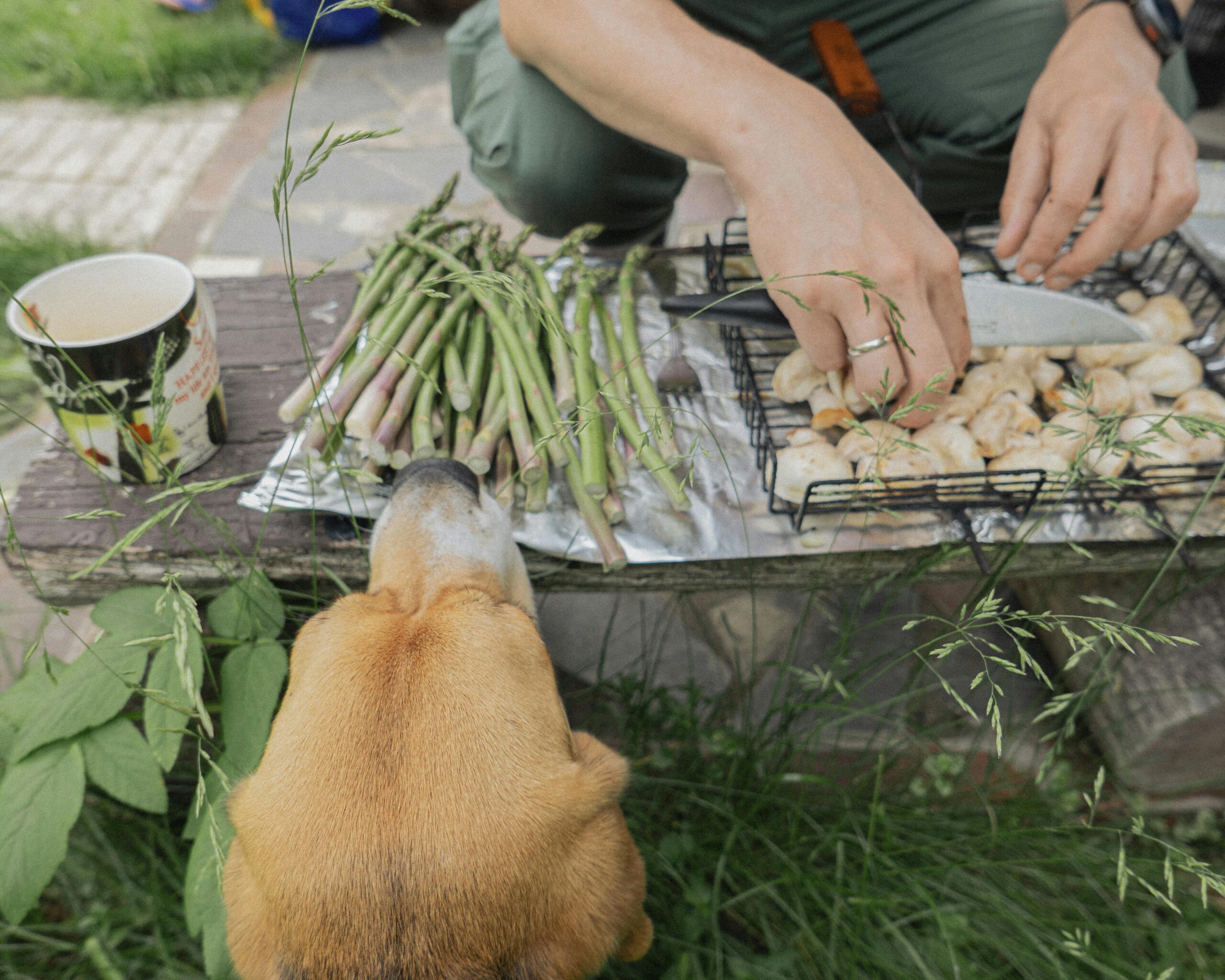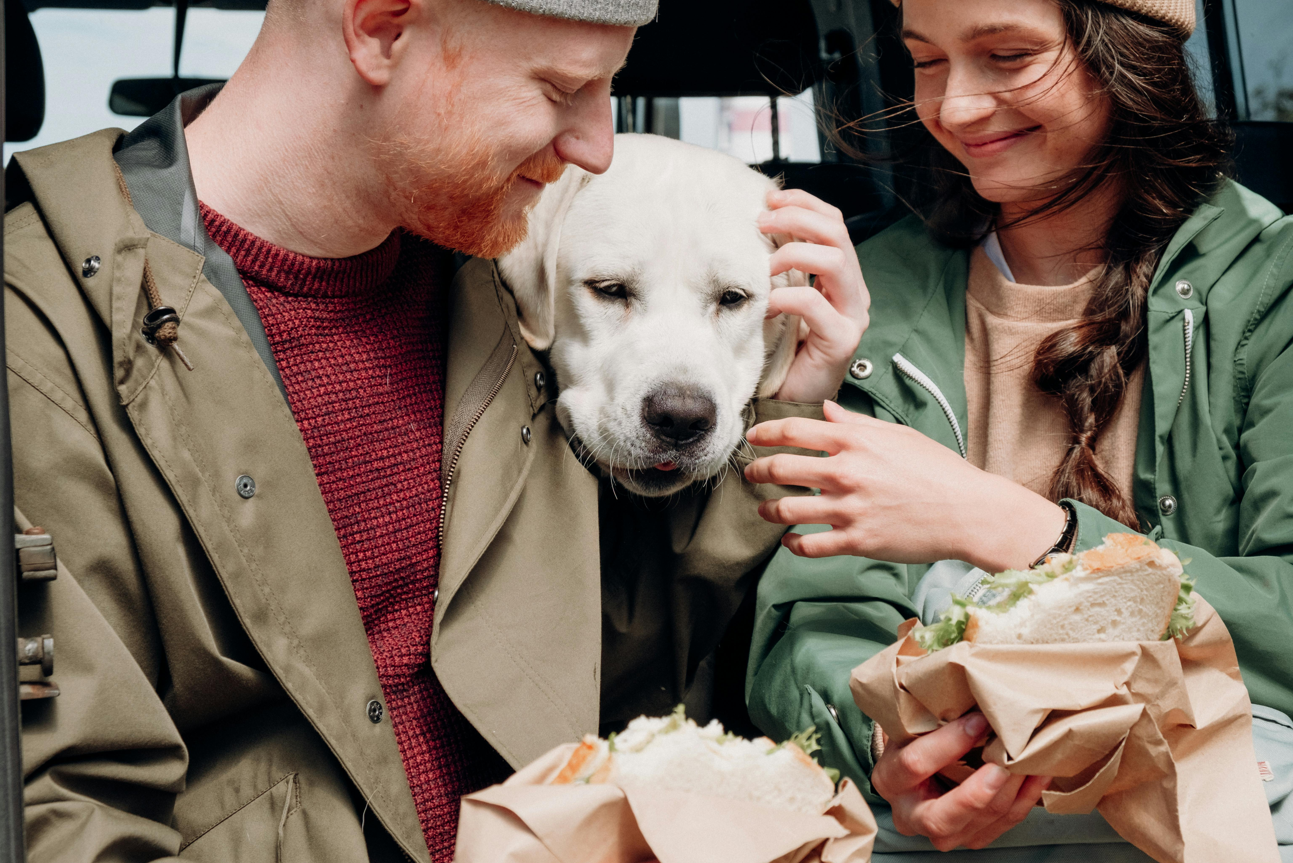Homemade Dog Food for Diabetic Dogs who are diagnosed with diabetes will need special care with their diet and care. Cooking homemade, nutrient-dense meals tailored to their individual dietary requirements is one of the most powerful ways to keep them at healthy blood sugar levels. The idea can be a bit intimidating initially, but with strategic planning and professional guidance, many pet owners find it to be rewarding and extremely beneficial for their dog’s well-being. So, without further ado, here is a meaty, human-friendly guide to making your own diabetic dog food at home — complete with recipes, tips, and tricks that could truly make a difference!
Dog Diabetes
Before getting started on home-cooked meals, it is helpful to understand what canine diabetes is and what you should know before diving into the homemade meals. Diabetes mellitus in dogs occurs when the pancreas does not make enough insulin or the dog’s body resists insulin. Some veterinary estimates say as many as 1 out of 300 dogs will develop diabetes sometime in their life.
Top Three Facts Related to Canine Diabetes
- Symptoms: Symptoms include increased thirst, increased urination, unexplained weight loss, and lethargy.
- Importance of Diet: You are not a medical professional, and dieticians are not your bread-directed addiction counselors.
- Insulin and Monitoring: Most diabetic dogs need insulin injections and blood glucose tests.
You can work with a veterinarian to closely monitor your dog’s glucose levels, adjusting diet and medication as needed. A homemade diet can be part of this management plan.
Homemade Meals for Diabetic Dogs: Why Consider Them
Homemade dog food for diabetic dogs appeals to pet owners seeking more control over the nature of their dogs’ food, food quality, and portion size. This can be incredibly valuable for diabetic dogs. Hidden sugars or high-glycemic carbohydrates may be found in dog food brands, as well, and lead to blood glucose spikes. When you cook at home, you have full control over what goes into the bowl, so you have a more predictable and steady diet.
Advantages of homemade dog food for diabetic dogs
- Tailored Nutritional Profile: Every dog is different, and homemade meals enable you to customize macronutrient ratios—the percentages of protein, carbohydrates, and fats—based on advice from your vet.
- Fresh, Better Quality Ingredients: You can focus on whole food, organic vegetables and lean proteins, minus the preservatives that are common in store-bought dog food.
- Lower Risk of Allergies: If your dog has other food sensitivities, home-cooked recipes allow you to lure away triggers more easily.
- Bond With Your Pet Closer: Many owners say they feel their dog’s health journey more closely if they are preparing food themselves.
A Homemade Dog Food for Diabetic Dogs
Recipe
Here is a typical recipe many pet owners find useful for their diabetic dogs. Always keep in mind that every pet’s nutritional requirements are unique. This is a reference recipe to adjust under the supervision of a veterinary professional.
Preparation Steps
Instructions: Cook the Turkey In a nonstick pan, brown the lean ground turkey until well-browned. If needed, drain any excess fat.
Prepare Brown Rice: Rinse and cook brown rice per package instructions, serving plain with no salt or spices.
Steam the Vegetables: Steam the green beans and the carrots just until crispy-tender.
Mix and Cool: In a large bowl, mix together the cooked turkey, rice, and vegetables. Once out of the heat, let that mixture cool down a little, then add the fish oil and any vet-approved supplements.
Wrap and Store: As meal-ready portions. Refrigerator, in airtight containers for three days; freeze for longer storage.
Guidelines To Follow If You Are Serving Homemade Dog Food for Diabetic Dogs
But even the prettiest homemade meal can cause some surprise blood sugar spikes if it’s not properly plated. Homemade dog food for diabetic dogs settle into a routine more easily — so minimizing variance in feeding times and portion sizes is key.
Tips for Serving
Feed on a Schedule
- Many diabetic dogs thrive on two to three small meals daily, timed with insulin injections (if they receive them).
- Eating at regular intervals helps keep blood sugar steady.
Measure Portions Accurately
- Kitchen scale or measuring cups to measure the sizes of regular portions.
- Excessive feeding can lead to weight gain, further worsening insulin resistance.
Monitor Blood Glucose
- Record your dog’s blood glucose levels before and after eating.
- If you start to see abnormal fluctuations, modify the recipe or portion sizes under the direction of a vet.
Watch for Changes in Behavior
- Lethargy, constant thirst or urinating a lot may mean blood sugar levels are out of whack.
- If you notice sudden changes, always speak to your veterinarian.

Addressing Common Challenges
Fear of Nutrient Deficiency
Worries that pet owners who switch to homemade dog food share is whether their dog is getting all the nutrients they need. Though this is a valid concern, it’s really manageable through:
- Veterinary Guidance: Consult with a vet or a board-certified veterinary nutritionist.
- Regular blood tests: Ensure you get your dog’s blood work done regularly to identify any deficiencies.
- Permitted Supplements: Some vitamins and minerals may need to be supplemented through homemade recipes.
Time and Effort
So, cooking for your dog every day may take a lot of time. However, for a lot of owners, batch cooking is the answer. You can cook large amounts of food and freeze single servings. Using this approach, you can save time and always have a meal in the pipeline.
Palatability
Some dogs can be very fussy, even when they’re served fresh homemade meals. If you understand that your dog has been refusing certain vegetables or proteins, try:
- Gradual Introduction: Gradually incorporate small amounts of new ingredients into familiar foods.
- Different Types of Texture — Some dogs like something soft, while others like something with a bit of crunch.
- Flavor Enhancers: Try using low-sodium broths or safe herbs, such as parsley, to lure your dog.
Incorporating Treats in the Diet of a Diabetic Dog
Homemade dog food for diabetic dogs can still have treats, but it’s important to choose or make them so they don’t cause blood sugar spikes. That means staying away from high-sugar, high-carb snacks. Instead, opt for low-glycemic, healthy treats:
- Vegetable Bites: Pieces of steamed carrots or green beans.
- Lean protein snacks: Dehydrated chicken strips or turkey jerky with no added sugar or salt
- Homemade Diabetic Dog Treats: Oat-based biscuits sweetened with a little mashed banana (banana has natural sugars, so you should only use a small amount and under the advice of your vet).
Keep in mind that you should include treats when calculating your dog’s total daily caloric intake. “Healthy” treats can also cause weight gain when fed in excess.
Exercise and Weight Management
Managing canine diabetes involves more than just a balanced diet. Getting your dog some regular exercise can also help them stay at a healthy weight, improved insulin sensitivity and general health.
Suggested Activities
- Daily walks: Minimum 30 minutes of fast walking.
- The exercise does not have to be forced: gentle games of fetch or tug-of-war may help.
- Mental Stimulation: Solving puzzles and training sessions can also provide mental stimulation for your dog without causing too much strain on the body.
Professional Recommendations
- Collaborating with a Nutritionist: If you can, find a board-certified veterinary nutritionist to provide you with a more tailored meal plan.
- Keep up with routine vet visits: Regular blood tests and physical exams allow for the early detection of problems.
- Keep an Eye on Body Condition Score (BCS): BCS is a visual scale that veterinarians use to determine whether a dog is underweight, overweight, or at his ideal weight. For diabetic dogs, maintaining a healthy weight can help with their insulin sensitivity.
Conclusion: Homemade Dog Food for Diabetic Dogs
Homemade Diabetic Dog Food – Cooking for the Dogs A dieta balanceada que equilibra proteínas magras, carboidratos de baixo índice glicêmico e vegetais nutritivos ajuda a manter a saúde do seu cão. Blood glucose levels should be monitored regularly, you must maintain portion control, and you should work with a vet or veterinary nutritionist to ensure success.
FAQ: Homemade Dog Food for Diabetic Dogs
Can I transition my diabetic dog’s diet to homemade meals instantly?
It’s usually not a good idea to change any dog’s food all at once, especially a dog with diabetes. Slowly add the new food — over 7–10 days — to reduce the chances of digestive upset and more closely monitor for blood sugar changes.
How often should I give my diabetic dog homemade food?
Feeding schedules will vary by insulin doses, but many diabetic dogs do fine with two to three evenly spaced meals given per day. Ask your vet if you can time the meal times around the injections of insulin to provide the best control over glucose level.
Are supplements necessary when making homemade food for my dog?
In many cases, yes. Homemade diets may also lack particular nutrients like calcium, certain vitamins or trace minerals. You should ideally have a vet or a veterinary nutritionist evaluate your recipe and make recommendations about the appropriate supplements.
Is there food I shouldn’t give to my diabetic dog?
Stay away from foods high in simple sugars (think candy, syrups, or no-sugar-added fruit) and high-glycemic carbs (like white bread or white rice). And don’t give onions, garlic, and artificial sweeteners such as xylitol, which are toxic to dogs.
How do I calculate insulin doses when we meal-feed my homemade food?
Work with your vet to monitor your dog’s blood glucose levels closely. They might also have to change the doses of insulin according to the nutrient content of your homemade diet. Adopt a regular feeding schedule and monitor changes in glucose levels

